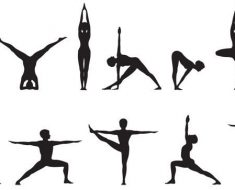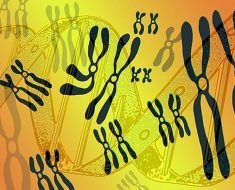
(HealthDay)—Most new HIV transmissions are from people who do not know they have HIV infection or are aware of infection but are not receiving care, according to research published in the March 18 early-release issue of the U.S. Centers for Disease Control and Prevention Morbidity and Mortality Weekly Report.
Zihao Li, Ph.D., from the CDC in Atlanta, and colleagues estimated transmission rates in 2016 along the HIV continuum of care. Data were obtained for sexual and needle-sharing behaviors and for estimated HIV prevalence, incidence, receipt of care, and viral suppression from the National HIV Behavioral Surveillance and from the National HIV Surveillance System, respectively.
The researchers found that in 2016, the HIV transmission rate was 3.5 per 100 person-years. The transmission rates were 16.1, 8.4, 6.6, 6.1, and 0 per 100 person-years from those acutely infected and unaware of their infection, nonacutely infected and unaware, aware of HIV infection but not in care, receiving HIV care but not virally suppressed, and taking antiretroviral therapy and virally suppressed, respectively. The corresponding percentages of transmissions generated by each group were 4.0, 33.6, 42.6, 19.8, and 0 percent, respectively.
Source: Read Full Article





